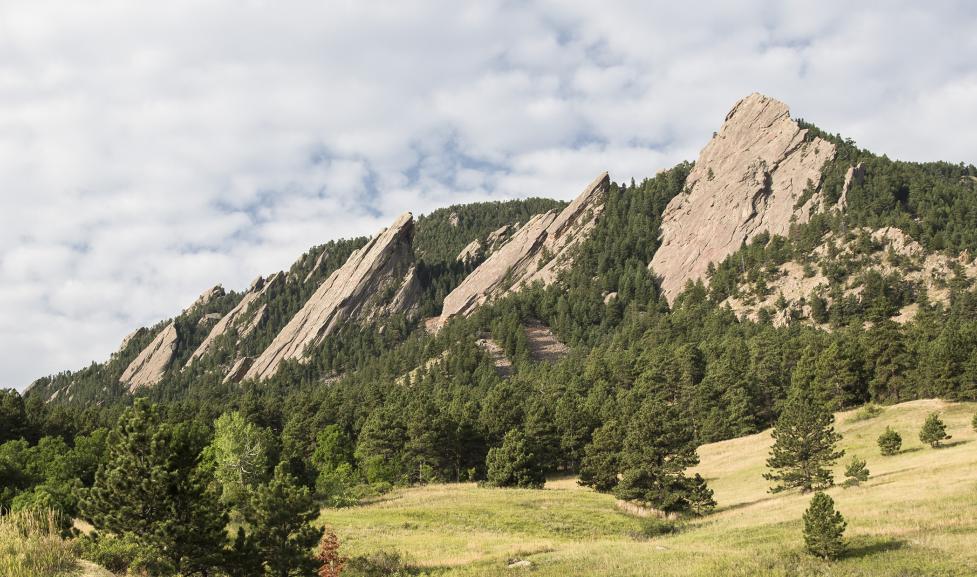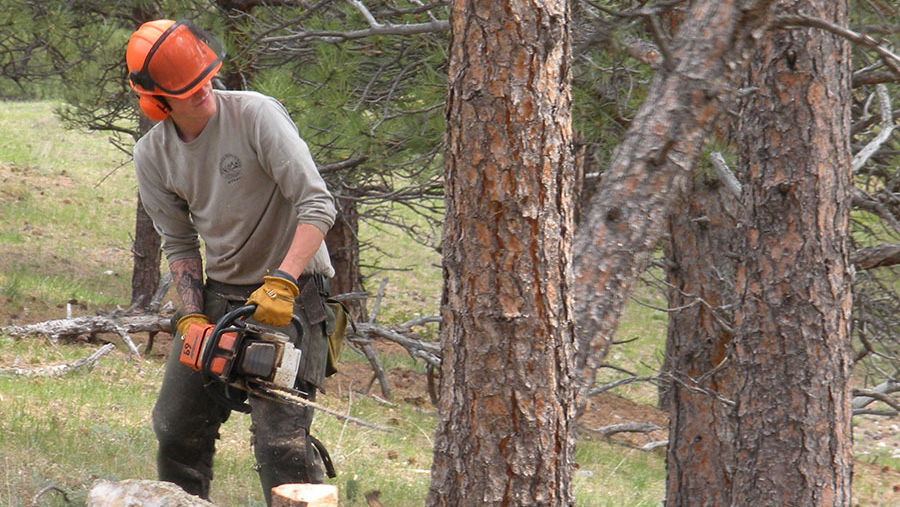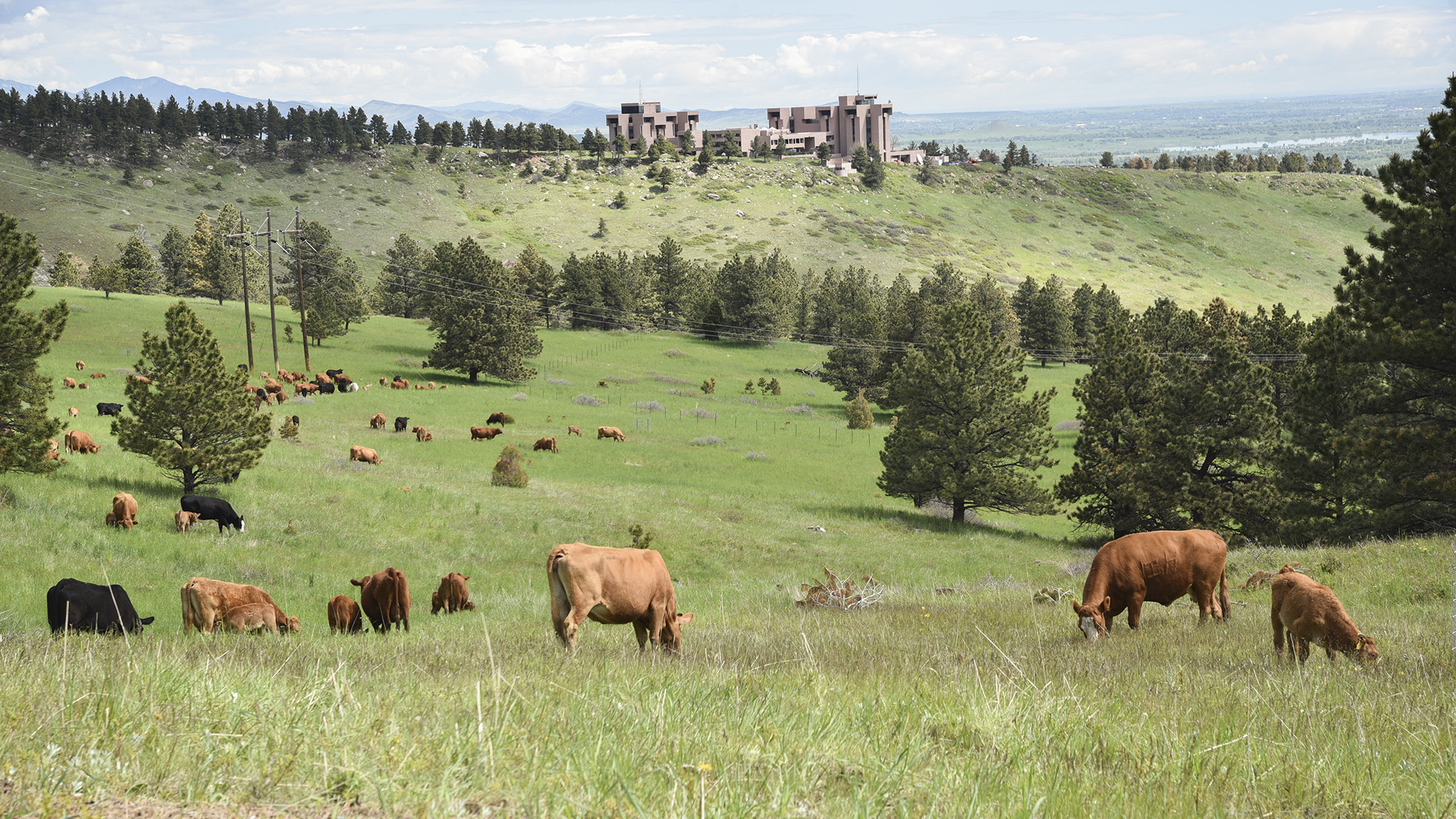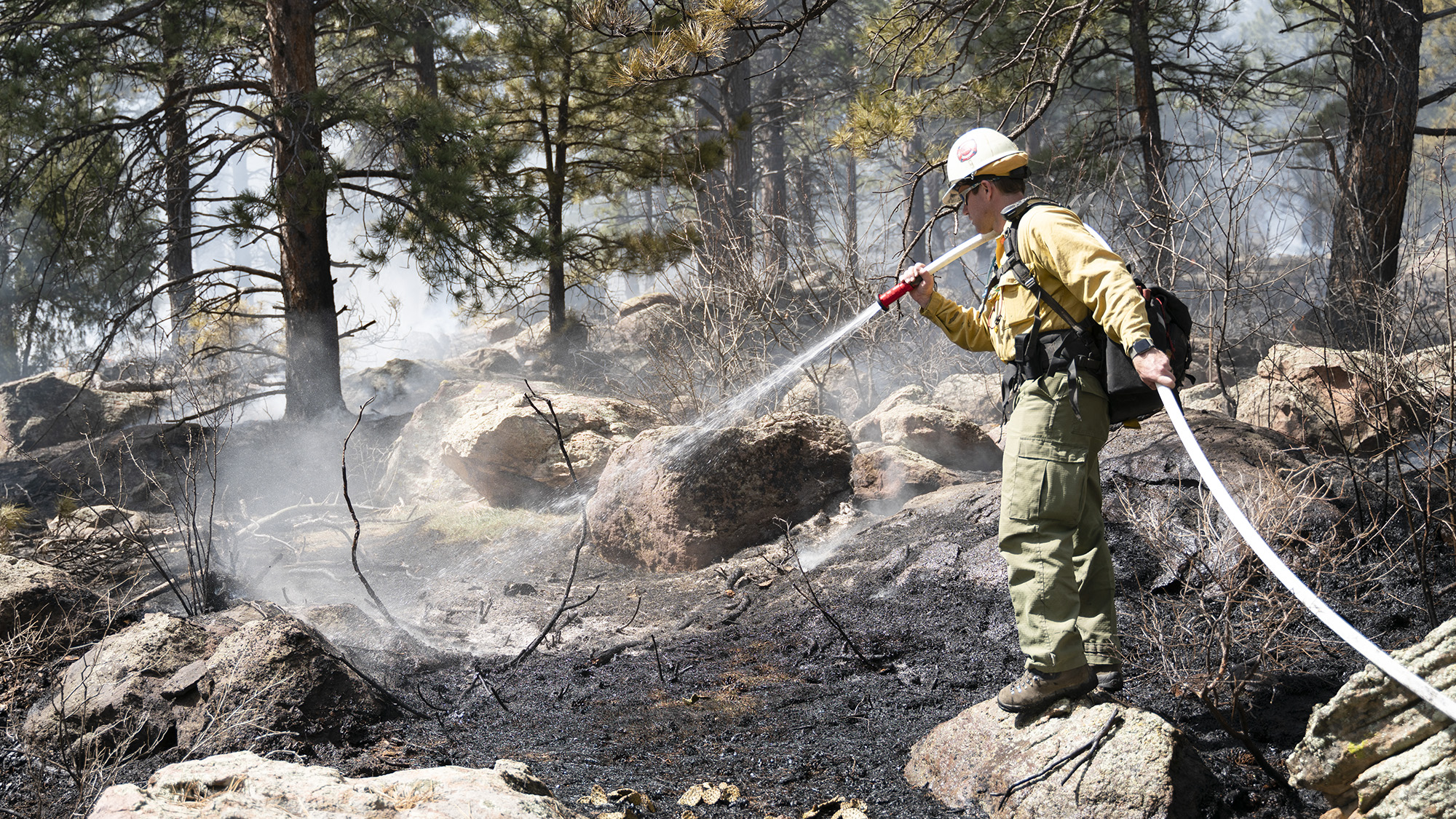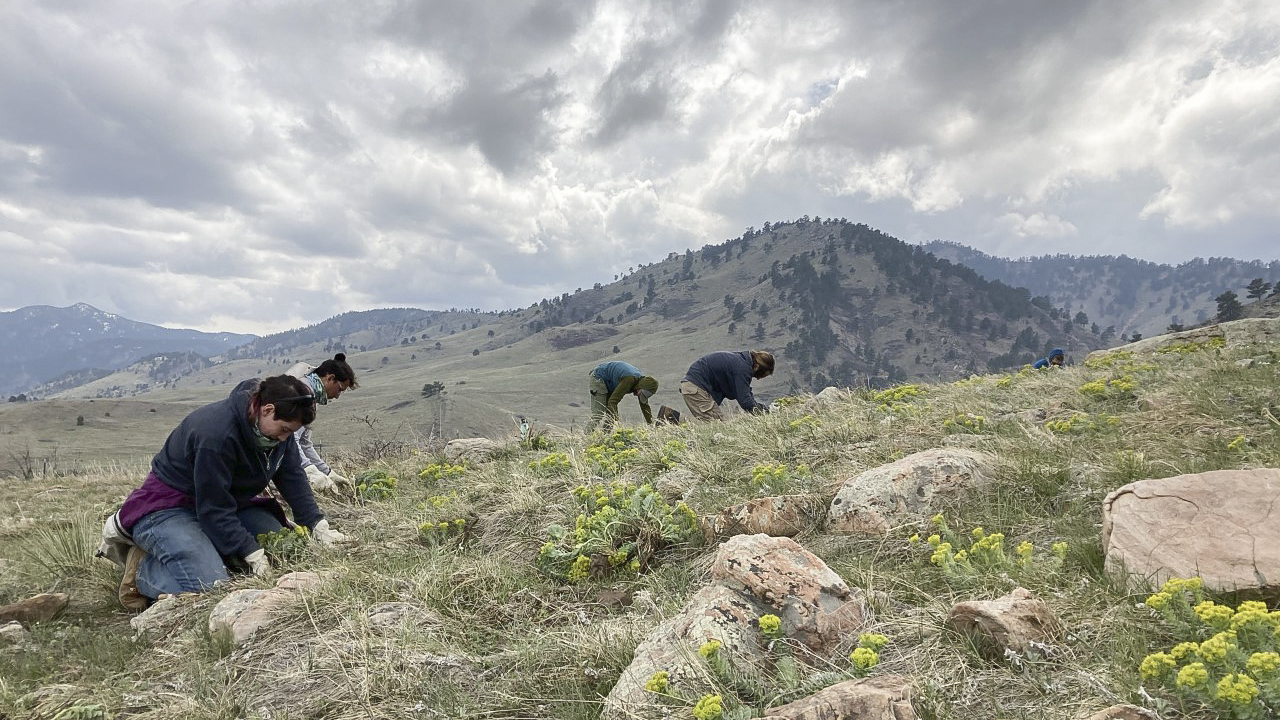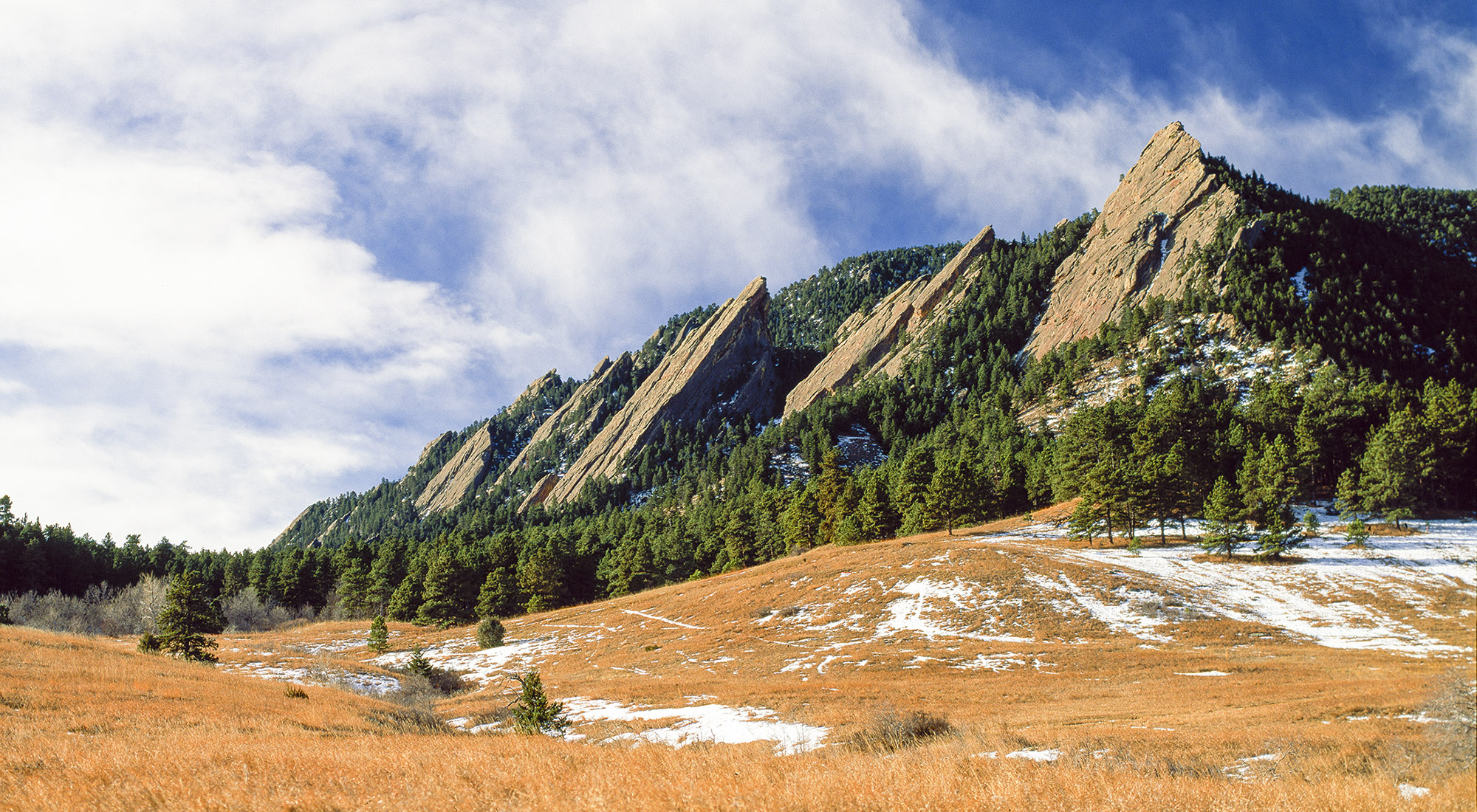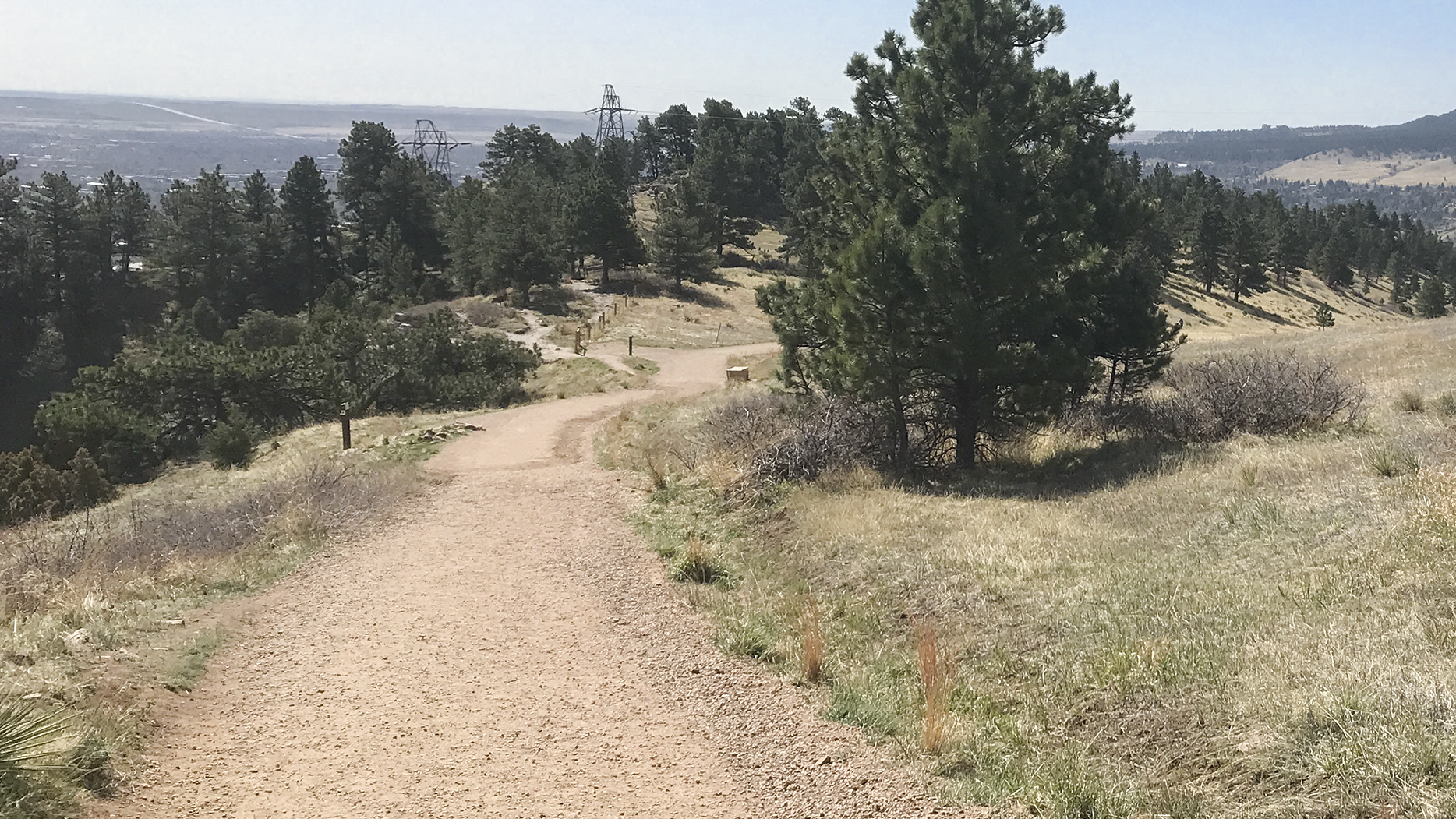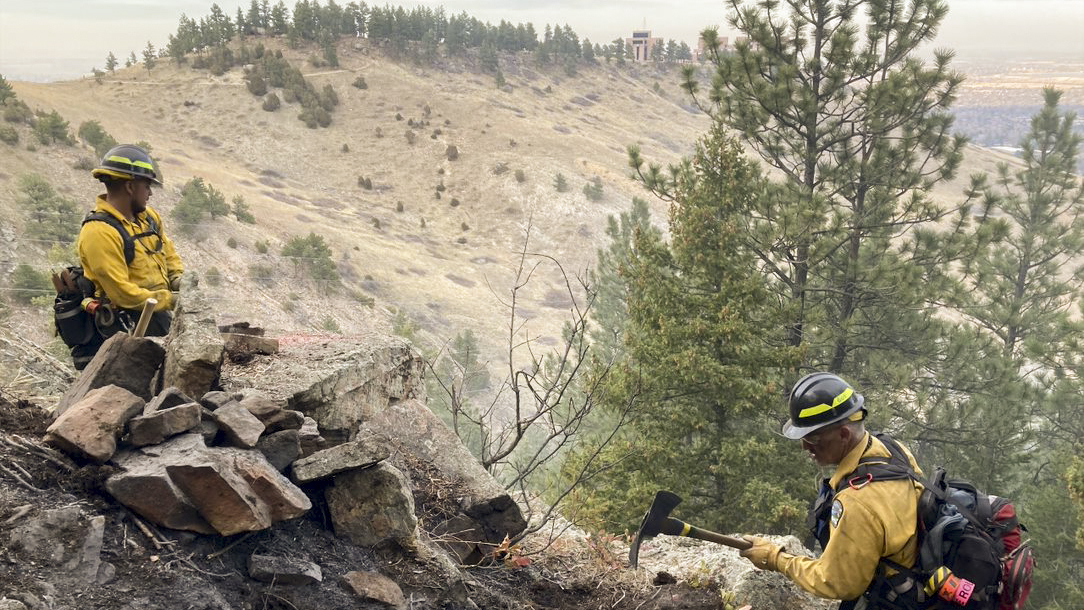The City of Boulder will begin a pilot a Perimeter Mowing Program this summer to mow a 30-foot strip of open space land next to four neighborhoods as part of citywide efforts to reduce wildfire risks in our community. Open Space and Mountain Parks’ (OSMP’s) pilot mowing program is planned twice this year in open space areas next to the Dakota Ridge, Wonderland Lake, Chautauqua and Devil’s Thumb/Shanahan Ridge neighborhoods. Learn more about the planned pilot mowing program.
INFORMATION MEETING
OSMP will host its second community informational session on the mowing program 6 to 7 p.m., Monday, May 20, inside the Boulder Creek Room at the Boulder Public Library, 1001 Arapahoe Ave.
